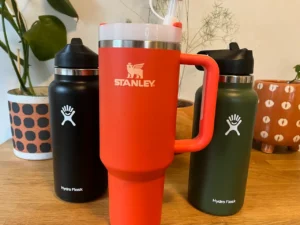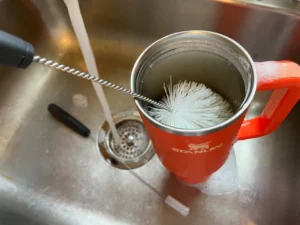Yeti Tumblers work really well to keep beverages cool or hot for very long periods of time. But how exactly do Yeti Tumblers keep your beverages cold or hot?
Yeti tumblers are made of vacuum sealed stainless steel. The vacuum is what keeps out the majority of the heat by stopping heat conduction and convection. The inside also has a copper plating to insulate against heat radiation and stainless steel itself is a poor conductor of heat. All of these elements combined with a plastic lid (another insulator) allow the tumblers to keep beverages cold or hot for so long.

I purchased my Yeti tumbler about 3 years ago and I also have an RTIC tumbler which uses the same technology and works in the same way.
What we're going to do in this article is go in depth in exactly how these work to keep heat out or to keep temperature in the tumbler because it's actually very fascinating.
Double Walled and Vacuum Sealed
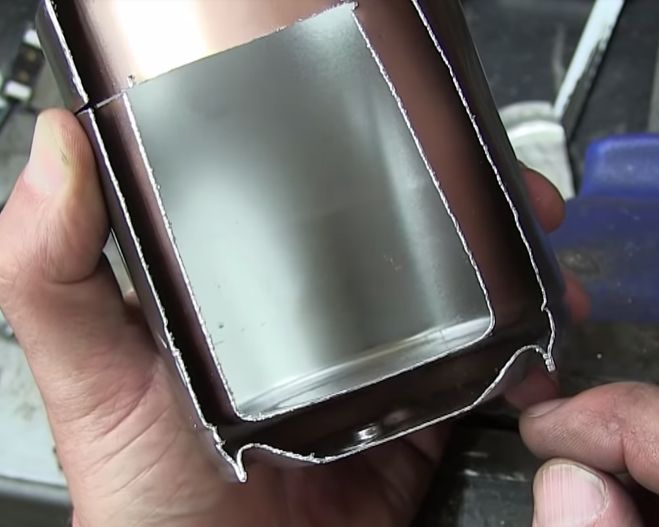
In a Yeti tumbler, while it just looks like a metal cup, it's actually got an inner wall and it has an outer wall.
There's actually a gap in between the two walls and in between that gap is a vacuum. So they suck all of the air out of there so there's basically nothing in there or as close to nothing as they can get.
There's different ways that heat is transferred from the outside air to the inside of your tumbler.
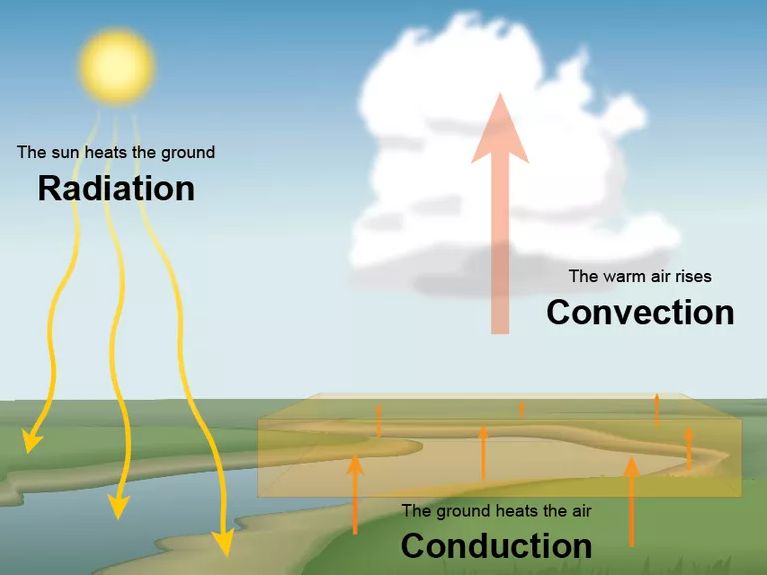
1. Conduction
You've got conduction which is the movement of heat from one object touching another.
That's the external heat from the air moving through the metal of the cup and into the contents inside your cup.
2. Convection
You've got convection, where air or water currents can move heat around
3. Radiation
Then you've got radiation which is heat that can pass through a vacuum.
Yeti tumblers are designed to effectively stop all 3 types of heat transfer, or minimize them as much as possible.
How The Yeti Tumbler Insulates Against The 3 Types of Heat Transfer
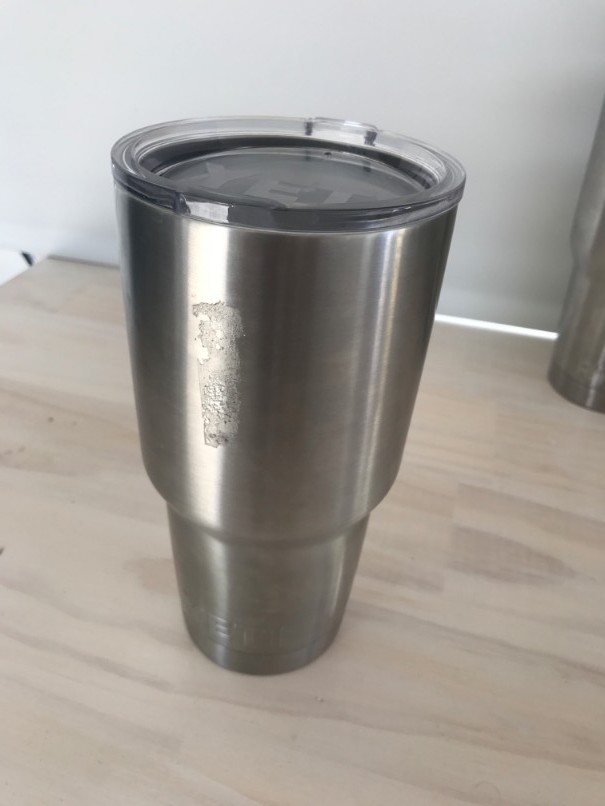
Conduction needs particles for heat to move through and because there's a vacuum and because there's nothingness in between the two walls of the tumbler there's actually no way for heat to pass through in conduction.
The only way for heat to do that is to actually hit the cup and actually pass through at the top of the cup where the inner wall and the outer wall is connected, as at the bottom of the cup the outer wall and inner wall aren't actually connected..
So the only connecting point is the top of the cup and heat would need to move from the exterior of the cup all the way up to the top and all the way in and that just doesn't really happen.
Especially because Yeti Tumblers are made out of stainless steel because stainless steel is a terrible conductor of heat, it's an insulating material. This means the heat is unlikely to move from the outside up and around and in so that is how it reduces conduction.
Convection is the movement of particles. For example if you make a really hot pocket of water in the bath by turning the tap on hot and you push the hot water around that's convection.
When you have a vacuum there's nothing to push around. So convection doesn't happen in Yeti Tumblers for the very reason.
Then the last one is radiation. The sun's rays obviously they travel through space which is a vacuum and they still heat up the earth. Radiation always happening and will be able to go through the vacuum.
So even though the cup has a vacuum this doesn't protect it against radiation
To protect against heat radiation the interior is actually copper plated. Copper is a great reflector of radiation and so having that copper lining actually reflects the radiation trying to get in.
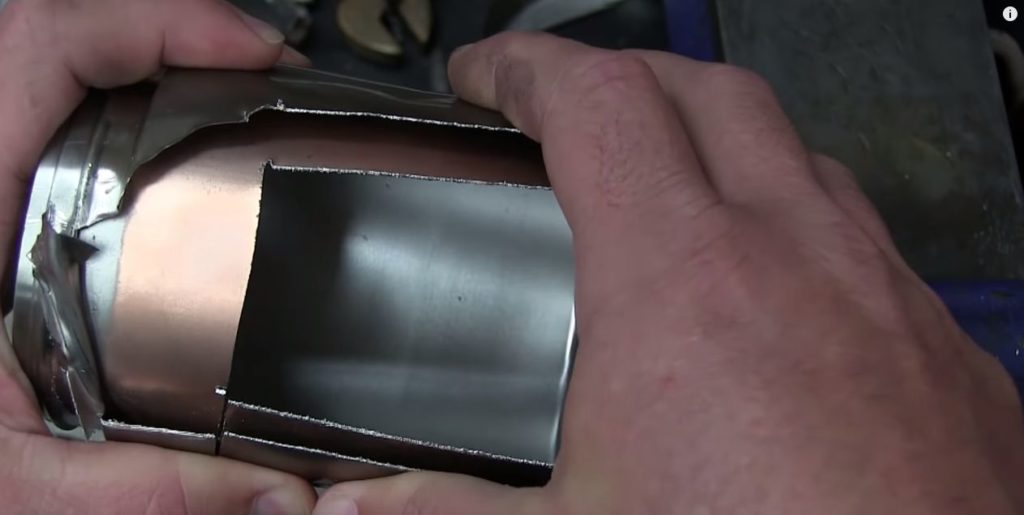
You can see the full details of manufacturing stainless steel insulated tumblers here and how it is done and how insulation and quality is assured. According to the manufacturer Ecoway Houseware who makes tumblers similar to Yeti's it can take up to 4 hours for the vacuum insulated layer to be created.
As you can see Yeti tumblers work by stopping the three ways that heats transfer through things.
Purchase Yeti Tumblers
If you are interested in purchase a Yeti Tumbler you can see the latest prices as customer reviews on Amazon using my affiliate links below:
Yeti Tumblers really are a cool piece of technology. You wouldn't think that a metal cup could work so well.
The main way for heat to get in to the Tumblers is actually through the top and they have a plastic lid on the top and again plastic is an insulator it doesn't allow to heat through easily.
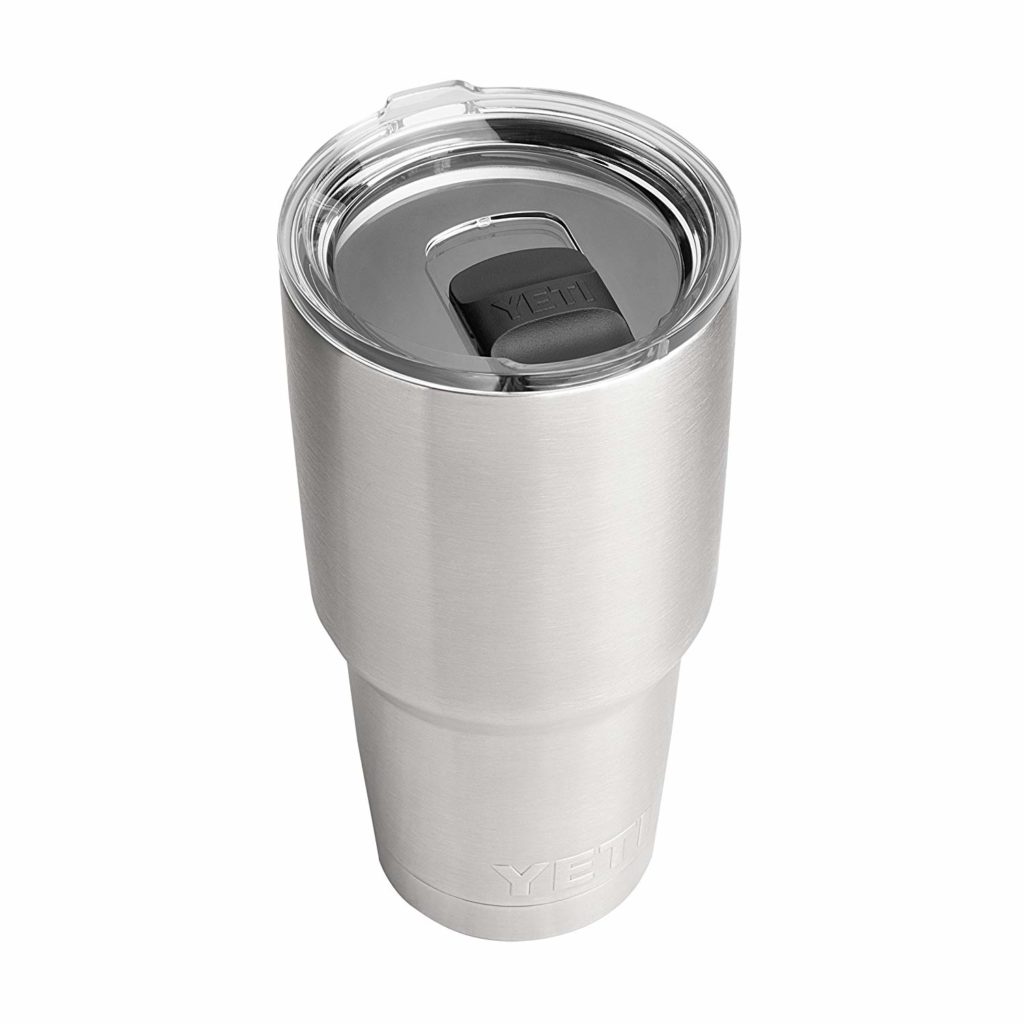
They do have a hole in them for drinking out of and there's a hole at the top so obviously some heat and airflow can come in through the top. But the newer Yeti tumblers have a magnetic slide so you can close it shut when you're not drinking out of it.
The full cup is acting as an insulator, the top and the plastic is acting as a bit of an insulator as well and that's what allows these to work so well and to keep ice for so long.
They use very simple technology but very interesting technology and I hope that this has been exciting to learn about I hope that it's made sense.
I love these cups I use it every single week and I've been using it for years. It's great for me>
I make tea in it and I take a long time to drink my tea and usually in a normal car my tea gets really cold really quickly and no one really wants to drink cold tea (unless you're having an iced tea)
But if I make it in my Yeti Lowball it's not as pretty of a tea cup but it definitely keeps it warm for a lot longer thanks to this cool technology that is the stainless steel vacuum tumbler.
Video Timestamps:
1:06 – Vacuum sealed insulation
1:27 – How heat is transferred
2:11 – How vacuums stop heat conduction
3:10 – How vacuums stop heat convection
3:33 – How Yeti Tumblers stop radiation (3:53-4:15)
5:00 – How Yeti Tumblers stop heat from entering in the top


